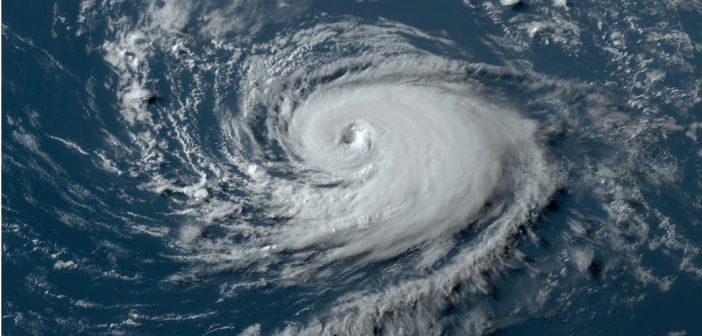This year’s Atlantic hurricane season will be even worse, possibly much worse, than had been predicted, according to NOAA.
In fact, last week NOAA (the National Oceanic and Atmospheric Administration) announced that the likelihood of an “above normal” season is now 60 percent, double what it had predicted in its forecast in May.
NOAA also said this year’s season could produce 14 to 21 tropical cyclones, while the May forecast called for 12 to 17. It now said that six to 11 of them (instead of five to nine) could become hurricanes with winds of at least 74 mph, including two to five (instead of one to four) major hurricanes with winds of at least 111 mph.
Scientists say the forecasts are more volatile than normal because of rapidly changing conditions in both the Atlantic and Pacific. “Stuff just doesn’t feel right,” Phil Klotzbach, a hurricane researcher at Colorado State University, told The New York Times. “There’s just a lot of kind of screwy things that we haven’t seen before.”
The record-breaking temperatures in the Atlantic off Florida, reaching 100 degrees Fahrenheit, make tropical cyclones more resilient to the wind shear effect from El Niño that starts in the tropical Pacific.
The hotter Atlantic surface temperatures increase the storms’ ability to supercharge themselves, adding strength and velocity once they have formed. Under those circumstances, a storm can jump up 35 miles an hour in less than a day. That’s what happened in most powerful hurricanes that hit the Gulf Coast in recent years, including Michael in 2018, Laura in 2020, and Ian last year.
The Atlantic hurricane season started on June 1 and runs through Nov. 30.
Read more at: https://www.noaa.gov/news-release/noaa-forecasters-increase-atlantic-hurricane-season-prediction-to-above-normal




